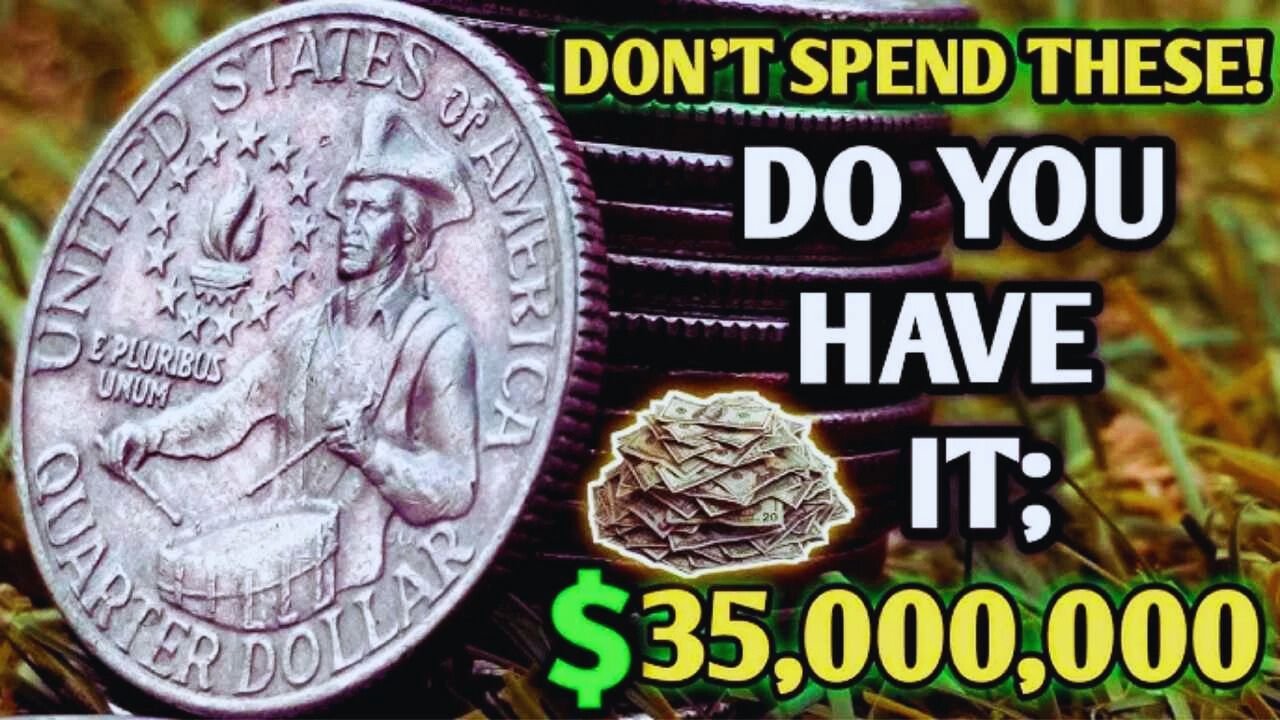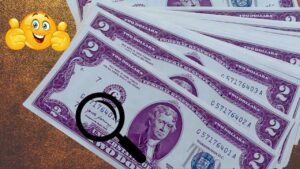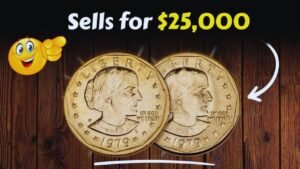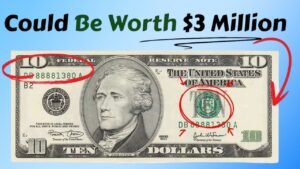Imagine finding a coin in your pocket worth millions! The 1976 Bicentennial Quarter, minted to celebrate America’s 200th birthday, could be that hidden gem. With its unique drummer boy design and 1776-1976 double date, this quarter is a collector’s dream. While most are worth just 25 cents, rare versions with errors or unique features have sold for staggering amounts at auctions. Let’s explore why these quarters are so special and how you can spot one.
The Story Behind the Bicentennial Quarter
A Celebration of American History
In 1976, the U.S. Mint released the Bicentennial Quarter to mark 200 years of American independence. The coin features George Washington on the front and a colonial drummer boy on the back, surrounded by 13 stars for the original colonies. Its dual date, 1776-1976, makes it instantly recognizable.
Why It’s More Than Pocket Change
Over 1.6 billion Bicentennial Quarters were minted, so most are common. However, a few have unique traits that make them incredibly valuable. These rarities keep collectors and treasure hunters on the lookout.
What Makes Some Bicentennial Quarters So Valuable?
Rare Errors and Unique Features
Certain Bicentennial Quarters stand out due to minting mistakes or special compositions. For example, some were struck on 40% silver instead of the usual copper-nickel clad. Others have double-die errors, where the design appears blurred or doubled.
The Million-Dollar Coins
A rare 1976 Bicentennial Quarter, like one struck on a silver planchet or with a dramatic error, can fetch millions. In 2024, a 1976-S Silver Quarter in pristine condition sold for $19,200 at auction. Even rarer versions are rumored to be worth up to $3 million
Key Factors That Boost Value
Here’s what makes a Bicentennial Quarter valuable:
- Metal Composition: Silver versions (40% silver) are rarer than copper-nickel clad.
- Minting Errors: Double-die, off-center strikes, or coins struck on wrong planchets.
- Mint Mark: “S” (San Francisco) coins, especially silver proofs, are highly sought after.
- Condition: Uncirculated or high-grade coins (MS68 or above) command top prices.
How to Spot a Valuable Bicentennial Quarter
Simple Steps to Check Your Coin
You don’t need to be a numismatist to find a treasure. Follow these steps to inspect your Bicentennial Quarter:
- Check the Date: Look for the 1776-1976 double date.
- Find the Mint Mark: Look near Washington’s neck for a “D” (Denver), “S” (San Francisco), or no mark (Philadelphia).
- Examine the Metal: Silver coins have a shinier, solid edge without a copper stripe.
- Look for Errors: Use a magnifying glass to spot doubled letters or blurry designs.
- Get It Graded: Send suspicious coins to PCGS or NGC for professional evaluation.
Table: Key Features to Identify a Valuable Bicentennial Quarter
| Feature | What to Look For | Why It Matters |
|---|---|---|
| Date | 1776-1976 | Confirms it’s a Bicentennial Quarter. |
| Mint Mark | “S” for San Francisco | Indicates rarer silver or proof coins. |
| Metal Composition | Solid silver edge, weighs 5.75 grams | Silver coins are more valuable. |
| Errors | Doubled letters, off-center designs | Unique errors can increase value immensely. |
| Condition | No wear, mirror-like finish | High-grade coins fetch premium prices. |
Real-Life Stories of Jackpot Finds
From Pocket Change to Millions
In 2020, a California man found a 1976-D quarter with a double-die error in his change and sold it for $8,400. Another collector in Florida discovered a silver 1976-S quarter in a family coin jar, later auctioned for $13,500. These stories prove valuable coins can turn up anywhere
Where to Look for Your Treasure
Check these spots for a potential jackpot:
- Loose Change: Examine coins from cash transactions.
- Coin Rolls: Request quarter rolls from your bank.
- Old Collections: Dig through family heirlooms or forgotten coin albums.
- Flea Markets: Look for coins at garage sales or antique shops.
Why Coin Collectors Are Obsessed
The Thrill of Numismatics
Coin collecting is a hobby that blends history, art, and the thrill of discovery. The Bicentennial Quarter’s tie to America’s 200th anniversary makes it a favorite. With auction prices soaring, collectors are more eager than ever to find rare versions.
Tips for Aspiring Collectors
- Learn the Basics: Read up on coin grading and minting errors.
- Use Proper Tools: A magnifying glass and a precise scale are must-haves.
- Store Coins Safely: Use protective holders to preserve condition.
- Join a Community: Connect with other collectors online or at coin shows.
- Track Auction Trends: Stay updated on recent sales to know market values.
Frequently Asked Questions
1. What is a Bicentennial Quarter?
It’s a special quarter minted in 1975 and 1976 to celebrate America’s 200th birthday. It features a drummer boy on the back and a 1776-1976 date on the front.
2. Why are some Bicentennial Quarters so valuable?
Rare coins have unique errors (like double-die strikes) or were minted in 40% silver. High-grade condition or limited mintage also boosts value.
3. How can I tell if my quarter is silver?
Weigh it—a silver quarter is 5.75 grams, while copper-nickel is 5.67 grams. Check the edge for a solid silver color without a copper stripe.
4. Where can I find a rare Bicentennial Quarter?
Look in pocket change, bank rolls, old coin collections, or at flea markets. They could be hiding anywhere!
5. What should I do if I think I have a valuable quarter?
Don’t clean it! Handle it by the edges and get it appraised by a professional grading service like PCGS or NGC.
Conclusion
The 1976 Bicentennial Quarter is more than a piece of change—it’s a potential ticket to millions. With rare errors and silver versions still out there, you could be holding a fortune without knowing it. Start checking your coins today, from loose change to old jars. Get suspicious coins appraised, and you might uncover a life-changing treasure. Happy hunting, and may your next quarter be a millionaire-maker!




